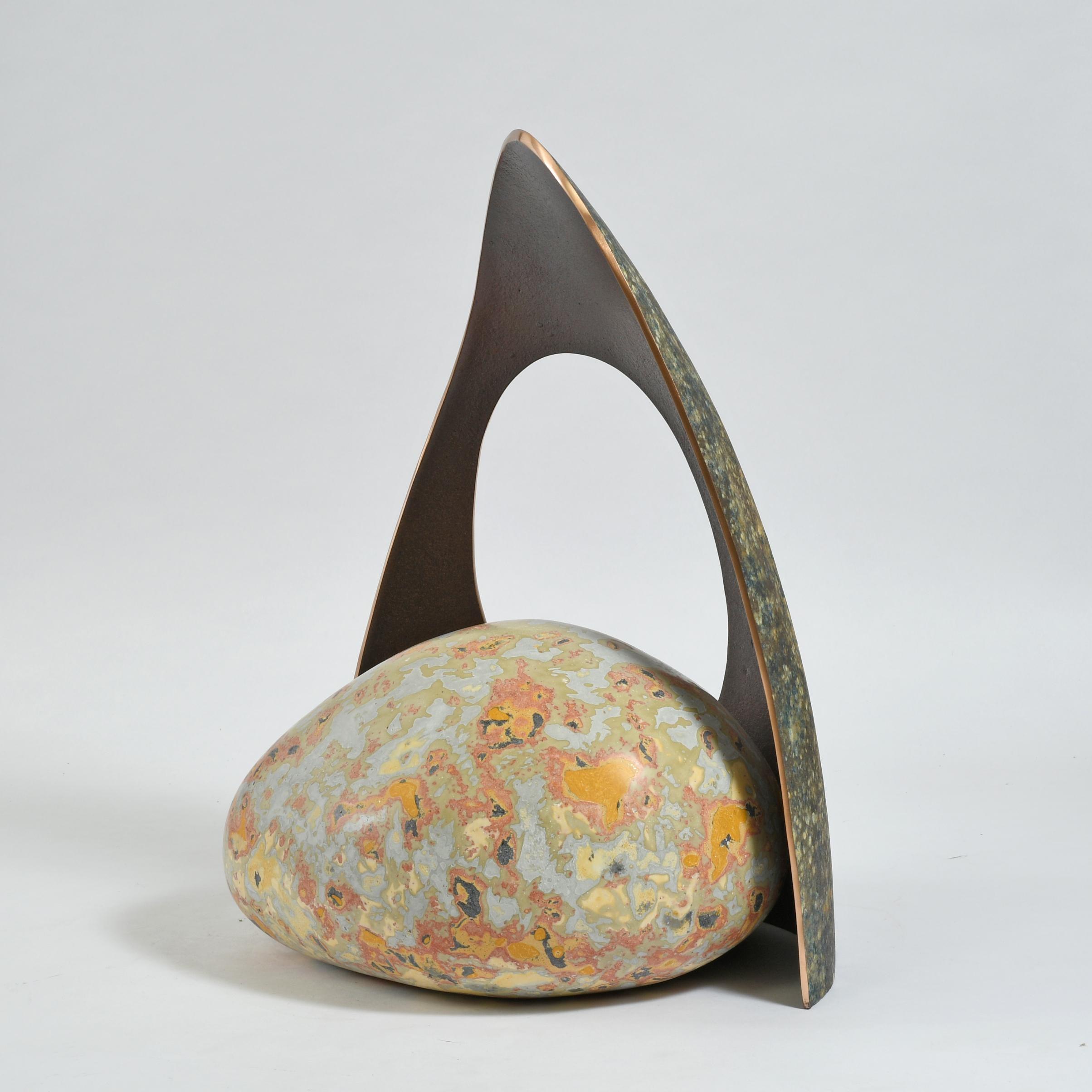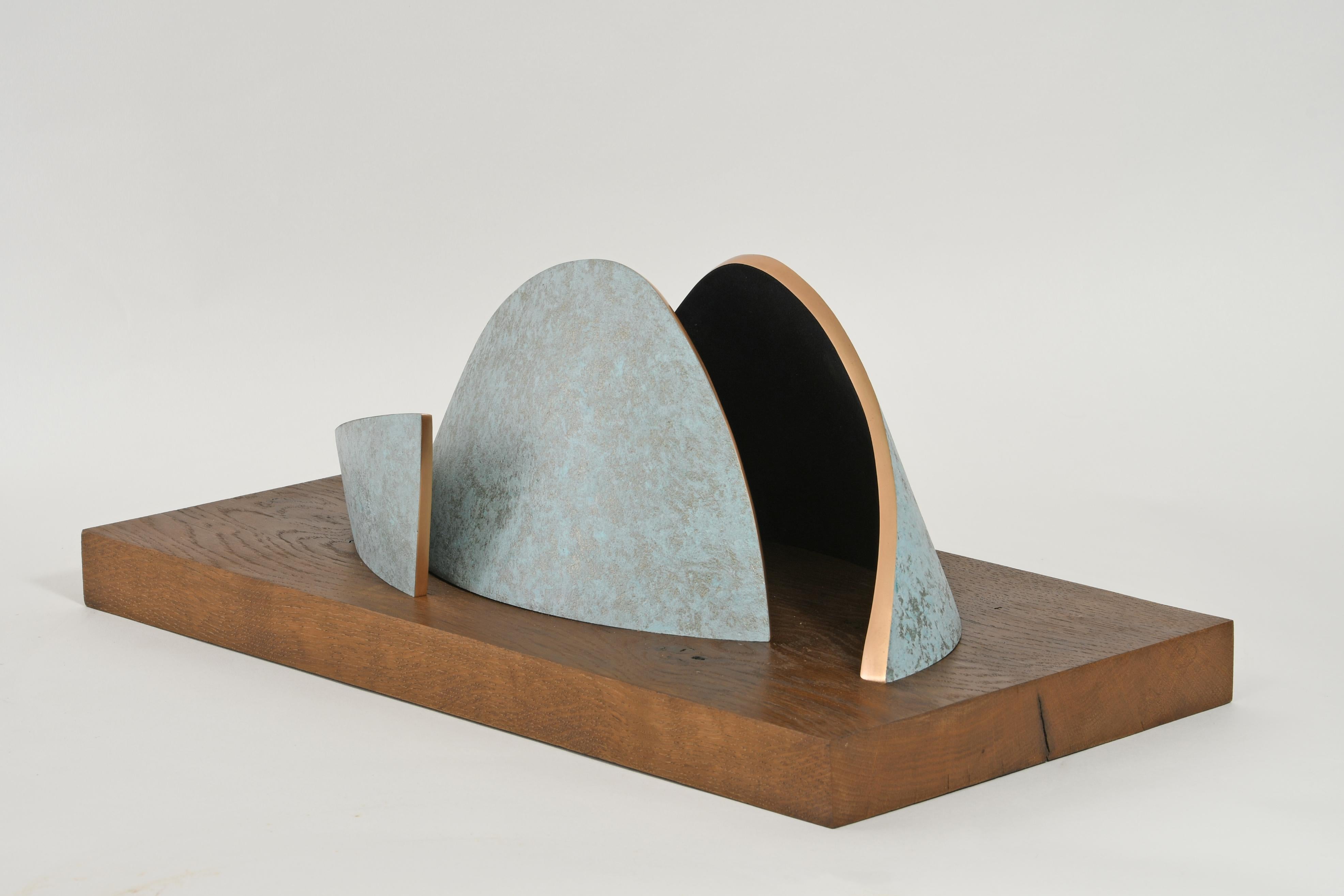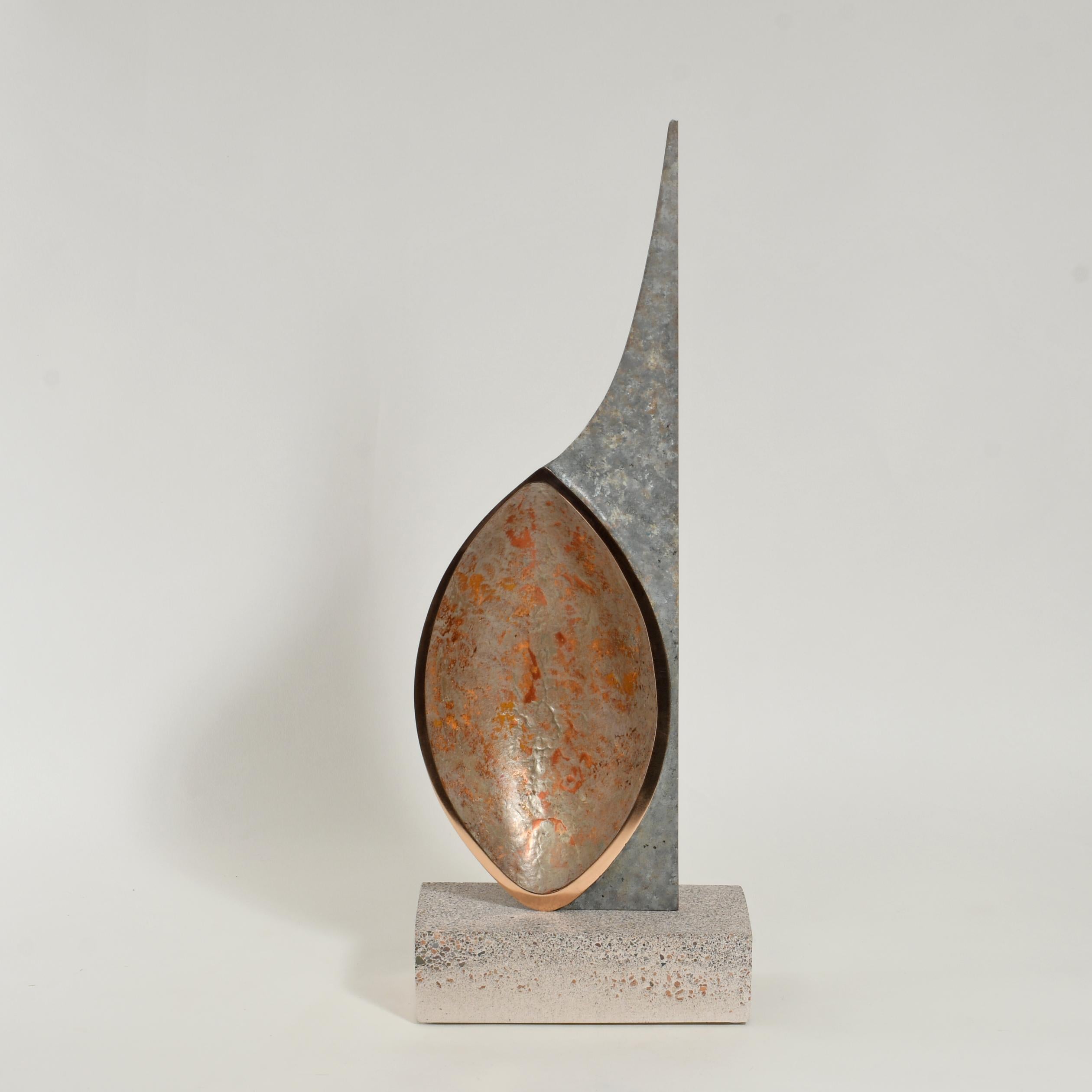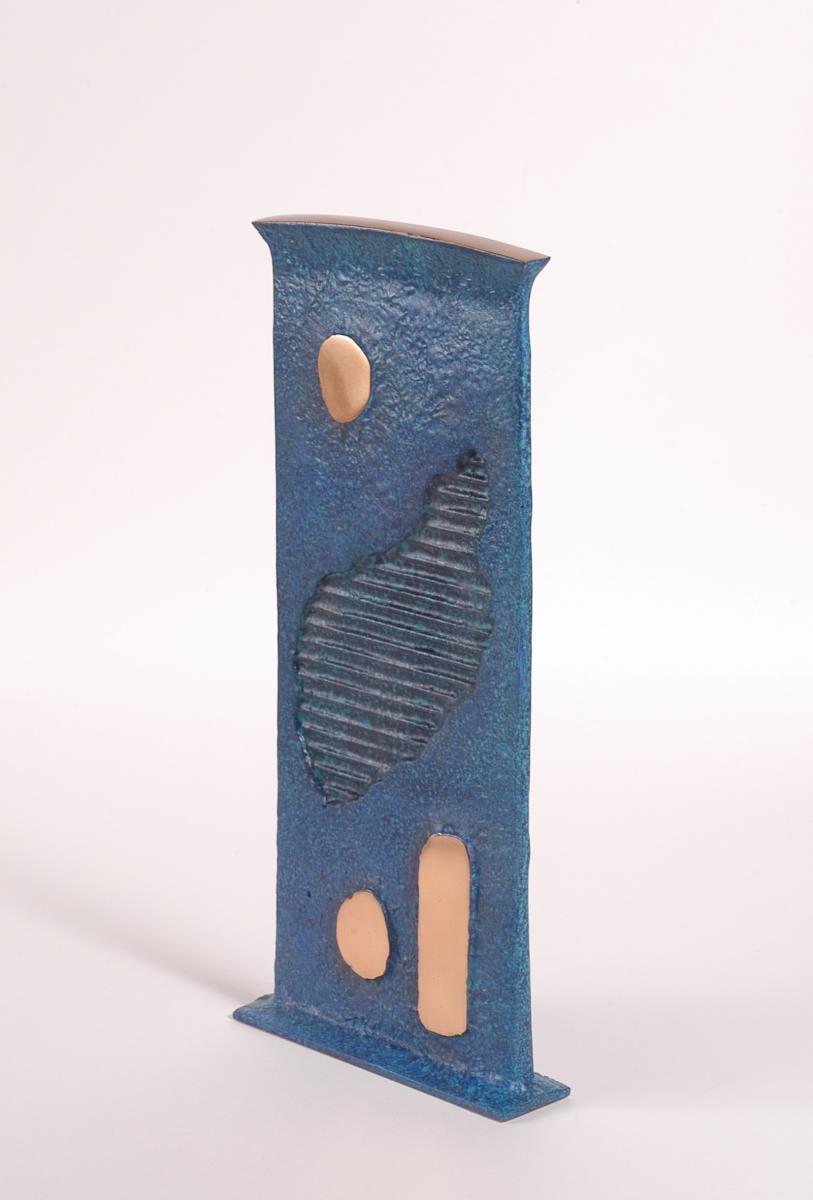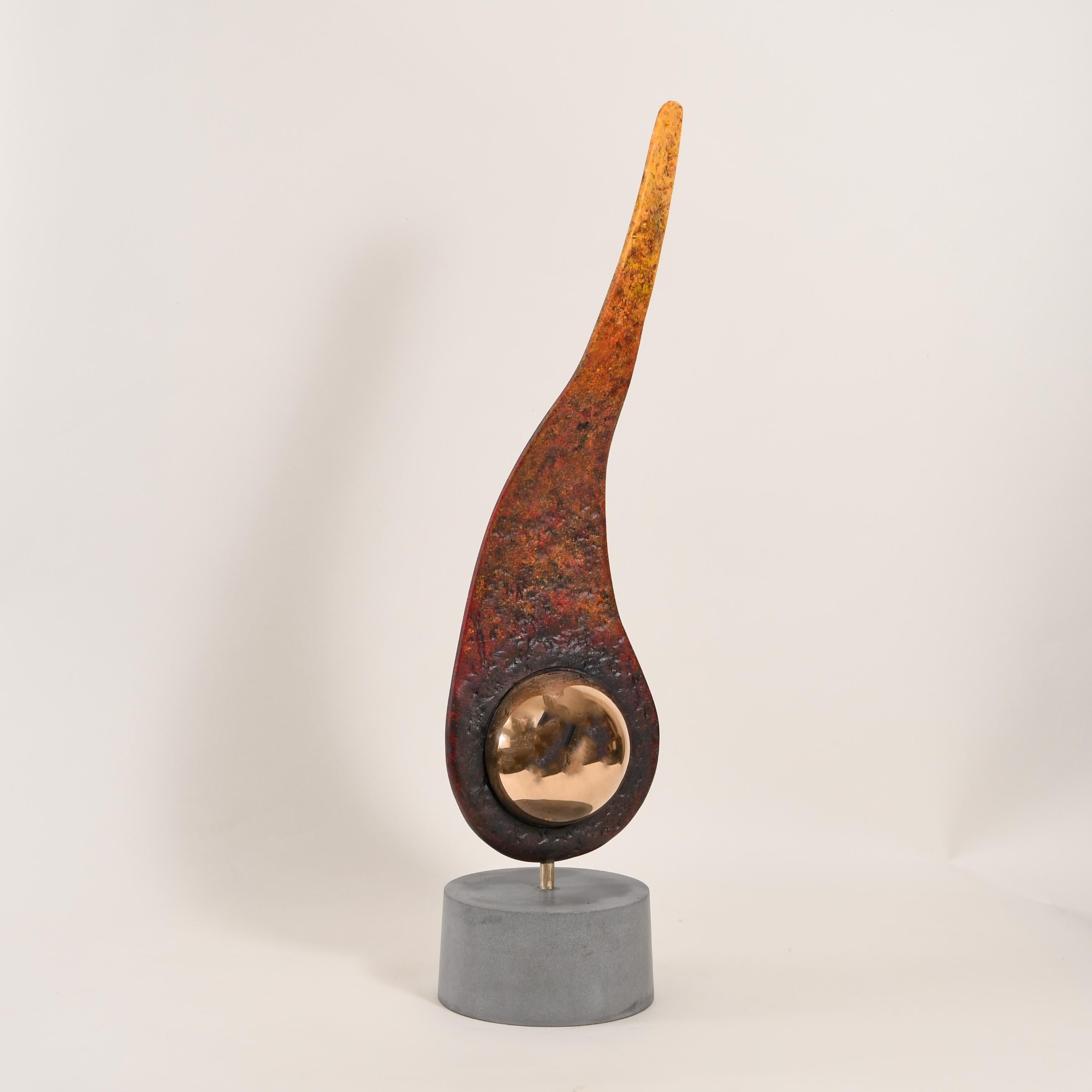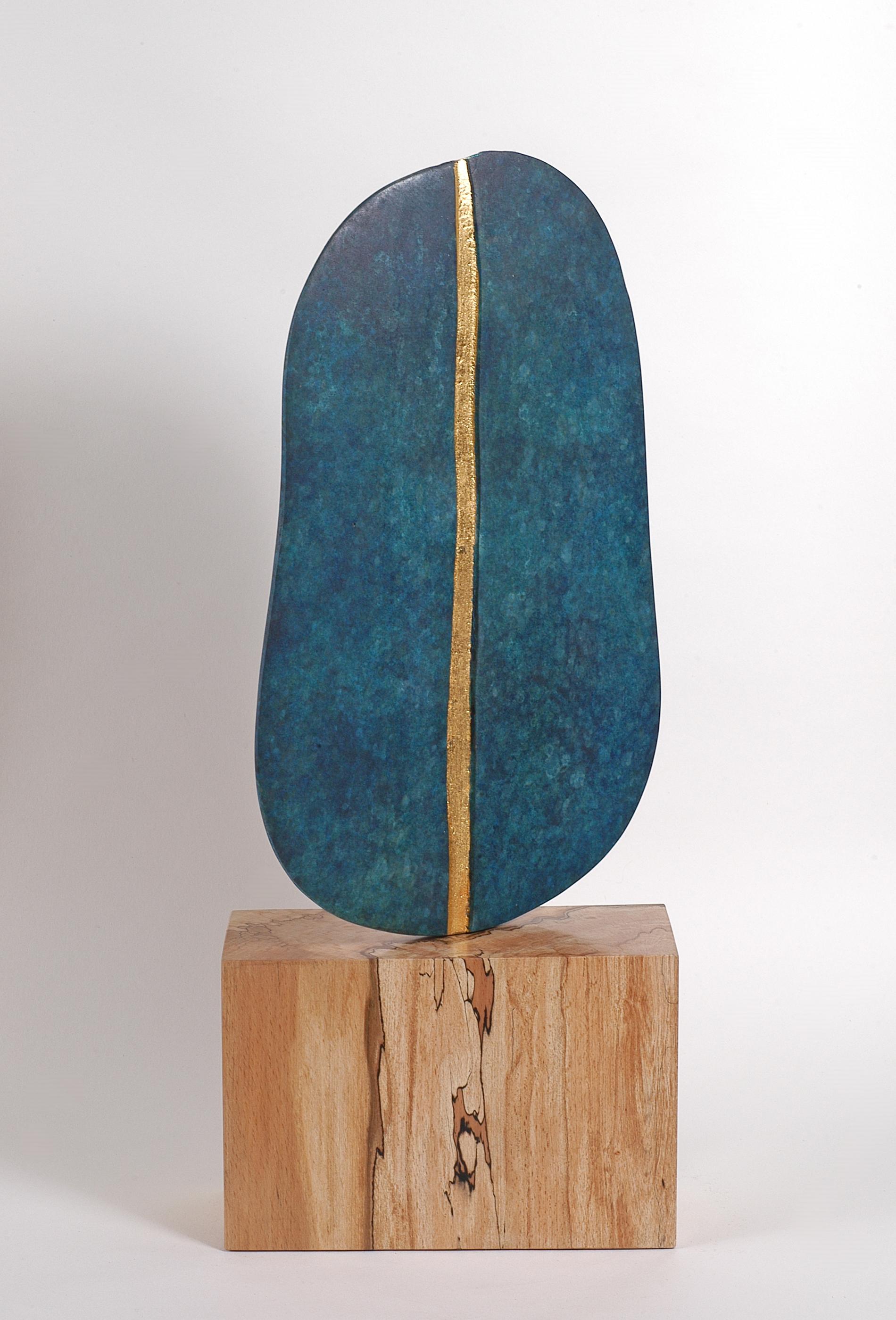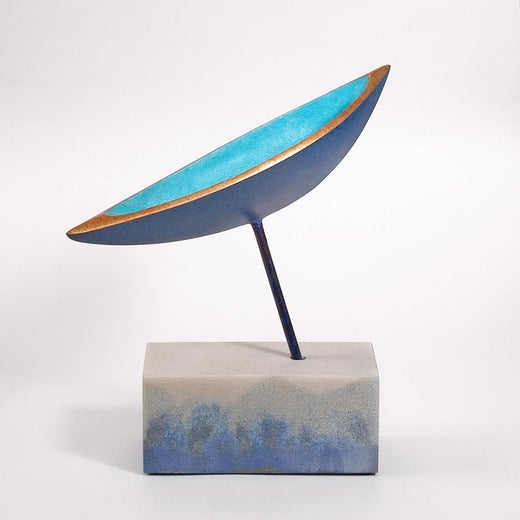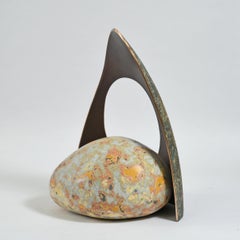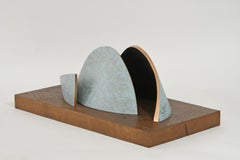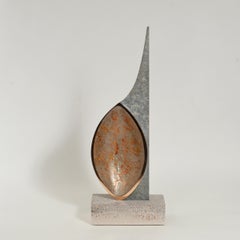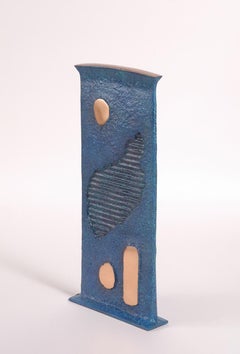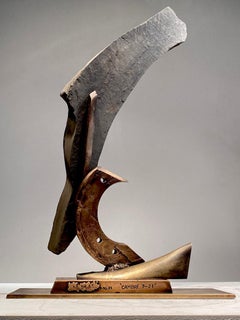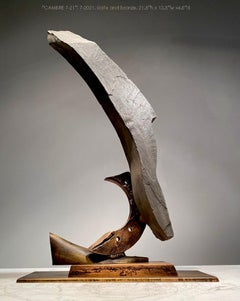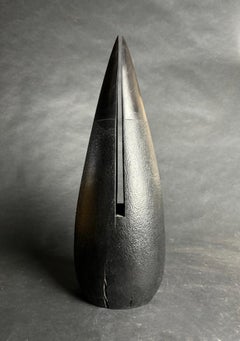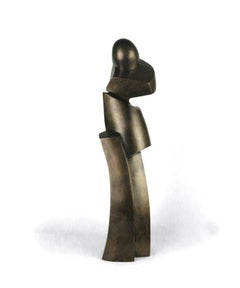Philip HearseyBritish Contemporary Sculpture by Philip Hearsey - Shelter III2019
2019
About the Item
- Creator:Philip Hearsey (1946, English)
- Creation Year:2019
- Dimensions:Height: 20.48 in (52 cm)Width: 14.18 in (36 cm)Depth: 13 in (33 cm)
- Medium:
- Movement & Style:
- Period:
- Condition:
- Gallery Location:Paris, FR
- Reference Number:1stDibs: LU1087212149372
Philip Hearsey
Philip Hearsey is a British sculptor born in 1946 who lives and works in Longtown, Herefordshire, UK.
Philip has exhibited his work throughout the UK. He specializes in sand casting to make sculptures that engage the quality of bronze as a noble material in its own right. Casting in sand molds is a simple and ancient method far removed from the sophisticated lost wax operation used by most art foundries.
The sand-casting process is relentless and unforgiving — the foundry is no place for a delicate original. It denies a complexity of form that imposes a disciplinary and enriching simplicity. Color is achieved in many ways. The most common and widely used method is to oxidize or patinate the bronze by employing the same chemical reaction that occurs in nature, but using a combination of mild heat and stronger solutions to achieve a faster result. Patination can be enhanced by the application of a transparent colorwash that maintains the inimitable variegated effects that are possible with oxidization, while producing a more vivid finish. The most usual colorwash is acrylic, but oil-bound washes or colored waxes are sometimes used. Coloring can also be achieved by painting alone and often this technique is utilized on part of a sculpture in combination with patination. Painting allows a greater range of colors than patination alone. All coloring is finished and protected by a marine grade lacquer and/or wax.
Find original Philip Hearsey sculptures on 1stDibs.
- ShippingRetrieving quote...Shipping from: Paris, France
- Return Policy
More From This Seller
View All2010s Contemporary Abstract Sculptures
Bronze
2010s Contemporary Abstract Sculptures
Bronze
2010s Abstract Abstract Sculptures
Bronze
2010s Contemporary Abstract Sculptures
Bronze
2010s Abstract Abstract Sculptures
Bronze
2010s Contemporary Abstract Sculptures
Bronze
You May Also Like
21st Century and Contemporary Contemporary Abstract Sculptures
Slate, Bronze
21st Century and Contemporary Contemporary Abstract Sculptures
Slate, Bronze
2010s Contemporary Abstract Sculptures
Wood, Dye
2010s Contemporary Abstract Sculptures
Bronze
21st Century and Contemporary Modern Abstract Sculptures
Bronze
2010s Contemporary Abstract Sculptures
Steel
